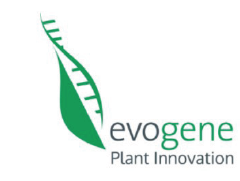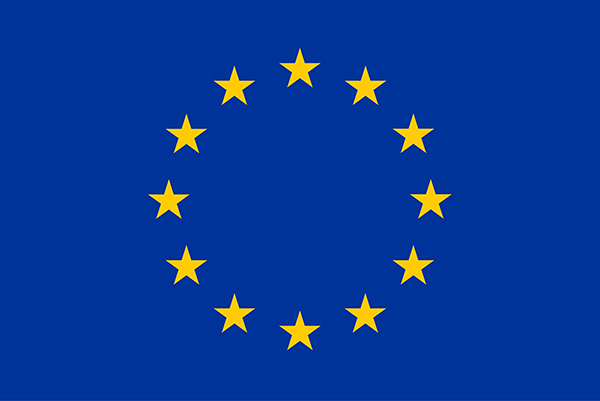
Who would have known that a tiny unnoticeable organism as a bacterium would be the father of photosynthesis? Plants have taken their ability to convert solar energy into chemical energy from cyanobacterial-like organisms, which ultimately became the chloroplasts in plant cells. Today, cyanobacteria, sometimes referred to as prokaryotic algae, live in a wide variety of environments: moist soils, seawater and lakes, and they still retain the ability to perform photosynthesis. Actually, their efficiency per area of land is even higher than plants.
Like plants, cyanobacteria carry out the detoxifying process called photorespiration to recycle 2-phosphoglycolate (2PG), the toxic side-product of carbon fixation. Unlike plants, they have not one but three photorespiration pathways. “This is quite surprising,” explains Patrik Jones from the Imperial College London, “Cyanobacteria have already a carbon concertation mechanism that elevates the amount of CO2 near the active site of Rubisco.” This strategy should minimize the need for photorespiration, since, if Rubisco has better access to CO2, the production of 2PG is lowered. “It is commonly thought that photorespiration is negligible in cyanobacteria. However, when cyanobacteria lose the ability to carry it out, their growth is impaired.” Indeed, as part of the FA studies, the Jones group is also trying to further our understanding of photorespiration in cyanobacteria.
Patrik’s lab uses cyanobacteria as a tool to evaluate the synthetic pathways developed within the FutureAgriculture project and that have been designed to increase the yield of crop plants. “If we could improve the growth of cyanobacteria as well, this would also have positive consequences, as we might even rely directly on them for food” suggests Patrik. “They are extremely good in making proteins: in some strains, proteins account for more than 50% of their dry weight. Few food-sources can boast such a high protein content.” Actually, we already eat cyanobacteria – one example for all, the super-food Spirulina. Get ready, soon cyanobacteria might be part of our diet.






